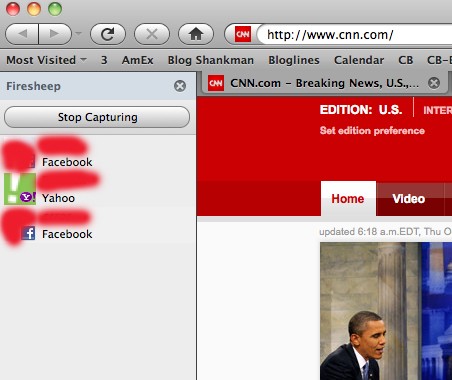Say goodbye to hidden 401(k) fees Jul 2 2012
Post on: 16 Август, 2015 No Comment

CNNMoney (NEW YORK) — You will soon know more about just how much your retirement plan is really costing you.
The new disclosure will also help participants figure out how big of a bite 401(k) fees are taking out of their total savings, said Jean Setzfand, vice president of financial security at AARP, a nonprofit group for retirees.
The purpose is to make something that is not so tangible, tangible to the average person, said Setzfand.
What will it look like? The new disclosure, which is required to be sent out at least once a year, will include a list of available investments in your plan and the fund management fees associated with each, which typically make up about 80% of total fees, according to 401(k) provider Charles Schwab.
The disclosure will also include the administrative costs for each investment option. These include charges for services like recordkeeping and accounting, as well as fees incurred for account transactions like trades or withdrawals.
[I]nformation on these fees has always been available, said Dave Gray, vice president of client experience at Charles Schwab. But this is the first time the fee information will be consolidated into a single document and sent to participants.
Setzfand said fees vary depending on whether you’ve signed up for passive or active investments. Passive investments are tied to certain benchmarks, like the Standard & Poor’s 500 Index ( SPX ), and don’t require individual stock picks of investment managers, while active investments require portfolio managers to make trades in an attempt to outperform the market. Fees on passive investments typically hover around 0.5% of your total assets per quarter, while active investment fees tend to be more than 1%.
And while they may seem small, these costs can really add up. A study by research group Demos earlier this year found that overall, the average median-income household with two income-earners pays nearly $155,000 over the course of their lifetime in 401(k) fees — shrinking their investment returns by about one-third.
This summer, these fees are supposed to show up in a column next to the information that is already included on 401(k) statements today, like contributions and returns or losses.
Participants are typically tied to a plan provider through their employer. However, Setzfand recommends looking through your provider’s investment selection to see if there is a comparable mix of assets with lower fees that you could switch to.
Online tools, like the AARP’s 401(k) fee calculator, can help you compare the costs to other 401(k) providers and see whether your employer has chosen a low-cost provider. If you think that you’re being ripped off, you can talk to your human resources department about getting less expensive options or you may want to consider rolling your 401(k) into an IRA if the costs are lower.
Are the disclosures enough? A recent survey conducted by Schwab showed that 30% of respondents had no idea they were paying any fees on their 401(k) plan.

At the very least, the new disclosure will get participants thinking about these costs. But there’s still room for improvement, said Setzfand.
Providers are not required to include information about how much the fees will add up over the course of many years, for example.
A $20 fee doesn’t seem like a lot of money, but in the long-run, the amount the fees will erode your savings over the course of a work life — say over 30 years — can be much bigger, and that’s still going to be difficult to see, said Setzfand. In the long-run that probably adds up to tens to hundreds of thousands of dollars, depending on the size of the account.
There’s also no page limit on the disclosure, so statements will likely remain at the same length they are today, which Schwab said is typically between 7 and 12 pages. Employers are required to display fees for every investment fund in your plan, not just the products you’re invested in — so you will have to wade through all the numbers to figure out which fees apply to you.
Also missing is a way to compare the fees to other plans or an industry average. For now, participants will need to use an online retirement tool that calculates this for them.
I think there’s always more we can do, but this [disclosure] is a great first step, said Setzfand.
First Published: July 2, 2012: 5:29 AM ET














